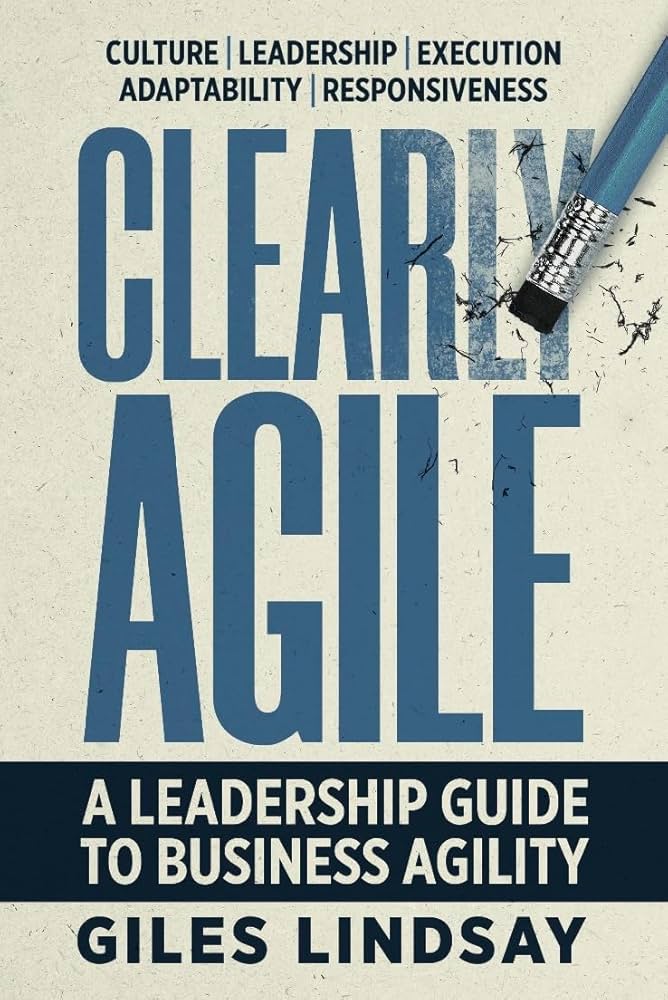You may be hearing more about Agile practices as they have become a cornerstone for business adaptability across many global sectors, proving their worth in fostering resilience against both external threats and internal challenges.
Lindsay explains that with current technological advancements, shifting customer preferences and escalating global competition characterizing the current business world, the demand for business agility has reached unprecedented urgency.
Business agility isn’t just about streamlining processes and improving workflow, it’s also about the human elements that make an organization truly agile. This includes emotional intelligence, mature leadership and an aligned culture. An organization that excels in both the operational and human aspects of business is far more likely to achieve true business agility.
From someone who has experienced organizations who either have the leadership but the workforce isn’t following them or the processes just aren’t enough to help the organization grow and be successful.
Lindsay believes the method enables organizations to respond rapidly to new opportunities and challenges and adapt their strategies and processes accordingly. Business leaders who adopt the mindset can cultivate a culture that appreciates innovation, risk-taking and learning from setbacks.
Before implementing Agile approaches, you really need to assess your organization’s readiness by examining its current processes, culture and structure to determine whether they are compatible with an Agile approach.
Lindsay’s book covers best practices for Agile development, including prioritizing customer value, breaking down work into manageable chunks and embracing continuous improvement.
You will gain valuable insight into the qualities and characteristics that make a successful Agile leader and learn practical tips on identifying and developing these traits within your organization.
Lindsay recommends utilizing self-assessments, feedback from peers and juniors and tools such as 360-degree evaluations to gauge your Agile leadership effectiveness. This isn’t just a onetime process, you need to continuously refine your leadership practices based on these insights, ensuring your approach remains relevant and supports your organization’s Agile journey.
Organizations that foster an Agile culture are in a stronger position to swiftly adapt to changes and efficiently cater to customer needs. Creating an atmosphere that promotes teamwork, open communication and knowledge-sharing and empowers employees is essential.
Comprised of cross-functional and self-organizing members, Agile teams concentrate on providing customer value by employing Agile approaches and practices.
As a business leader, it is vital to cultivate a more adaptable and responsive organization that is well equipped to navigate fluctuating market conditions. A persistent challenge is keeping antiquated methodologies from resurfacing. Assessing agility isn’t just about acknowledging it but measuring it on an ongoing basis. A leader must understand the responsiveness of their organization which is critical to identifying areas for improvement.
Global surveys carried out in the last five years, fewer than 10% of organizations consider themselves to be performing with a high level of agility. Many organizations are having to either restructure or downsize in order to maintain their business and most are not willing to keep up with the new technological advancements to ensure continuous improvements and growth.
Lindsay reiterates that it may not be a clear process but there is also an uncomfortable truth which is the need to descale the organization. Descaling involves simplifying structures and processes, eliminating bureaucratic obstacles and promoting lean principles. Understanding these challenges and identifying strategies to overcome them is essential for successfully transitioning to a more Agile way of operating. Diverse tactics and approaches are needed to foster an agile and adaptable organization to tackle changing market conditions. Old habits are hard to break, and establish norms challenge the new. But with every challenge lies an opportunity to reshape, refine and rejuvenate.
Organizations adopting an Agile mindset, attitude, approaches and practices can become more adaptive, inventive and competitive, fostering a culture of ongoing learning and enhancement and Lindsay’s work and instructions are the first step forward.









